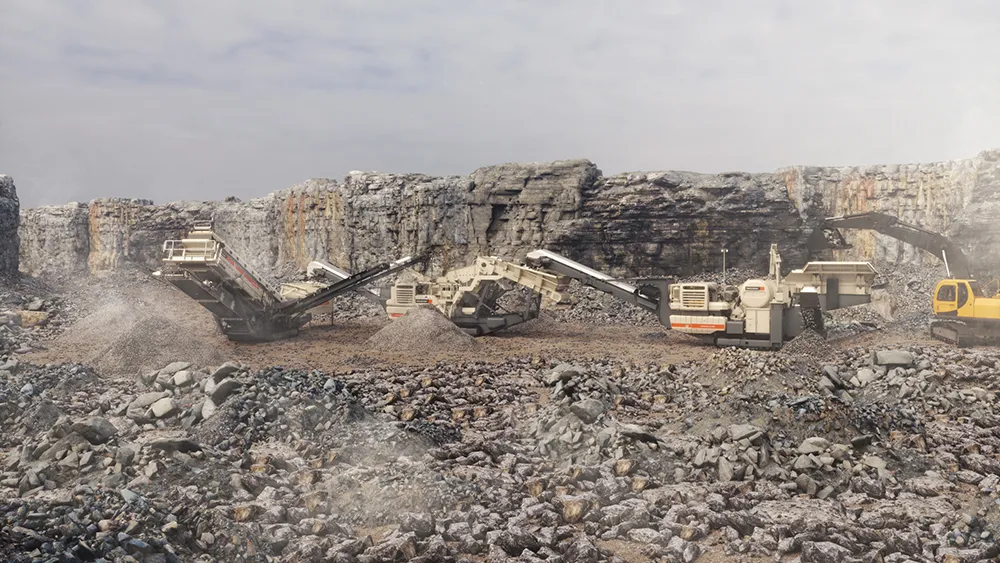A new metallic retainer and pin design allows users to benefit from all MTG Systems’ StarMet hammerless features on hot slag applications. Users of MTG wear parts for such applications have until now had access to MTG’s KingMet range of ground engaging tools (GET).
April 21, 2015
Read time: 1 min

A new metallic retainer and pin design allows users to benefit from all
“The main advantage of the StarMet hot slag solution when compared to KingMet is that with StarMet you will only need to change the pin and the retainer due to wear, while with KingMet you would also have had to change the adapter,” says Joan Cesar, MTG’s product manager.








